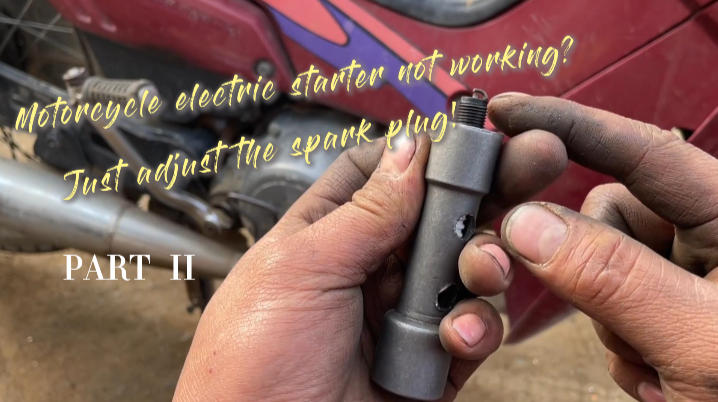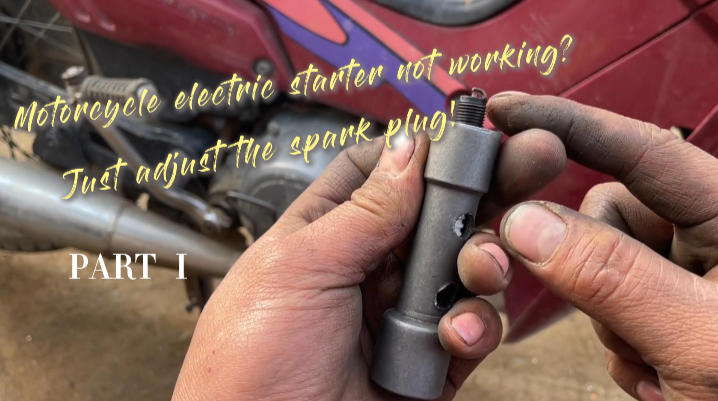how do tire pressure sensors work ?
-
21
-
2025-09-25 10:36:47
This issue introduces the principles of automotive tire pressure monitoring systems and some troubleshooting measures.
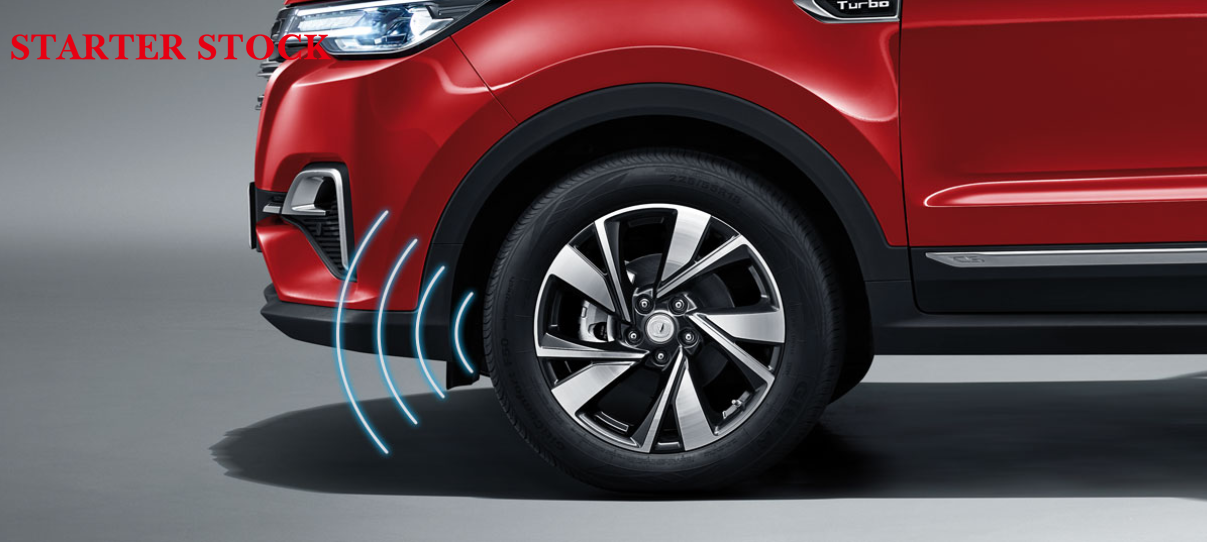
【Definition of Tire Pressure Monitoring System】
A tire pressure monitoring system, as the name suggests, is a system designed to monitor the pressure in a vehicle's tires. Commonly abbreviated as “TPMS,” it stands for “Tire Pressure Monitoring System.”
The tire pressure monitoring system primarily consists of tire pressure sensors, a receiver, and a display unit. Its operating principle involves sensors detecting tire pressure and temperature, which are then processed by a chip and transmitted to the receiver. After processing by the receiver, the information is fed back to the display unit. Its main functions are to monitor tire pressure, ensure consistent tire inflation, extend tire lifespan, and reduce fuel consumption.
【Functions of the Tire Pressure Monitoring System】
The system monitors tire pressure, but what exactly are the consequences of abnormal tire pressure?
Hazards of Overinflation:
- Rapid center tread wear reduces tire lifespan
- Decreased vehicle traction
- Increased suspension system wear
- Reduced driving comfort
Dangers of Low Pressure: Rapid shoulder and sidewall wear, reduced tire life; increased rolling resistance and fuel consumption; diminished handling stability; higher risk of blowouts at high speeds. Statistics show that in China, 46% of highway accidents are caused by tire failures, with blowouts alone accounting for 70% of these incidents!
Therefore, drivers who frequently travel long distances or navigate rough roads have a high demand for TPMS.
【Tyre Pressure Monitoring System Classification】
Current TPMS primarily consists of indirect and direct systems. Indirect systems operate by utilizing the vehicle's ABS wheel speed sensors to monitor left and right wheel speeds. If the rotational speed difference between the two wheels reaches a certain threshold, an alarm is triggered.
The advantage of indirect TPMS is its lower cost. Its main drawbacks include: high false alarm rates, inability to display accurate real-time pressure readings for each tire, and failure to alert when pressure drops simultaneously across all tires on the same axle, same side, or all wheels.
Direct TPMS is currently the mainstream technology, and our focus here is on explaining this type of system.
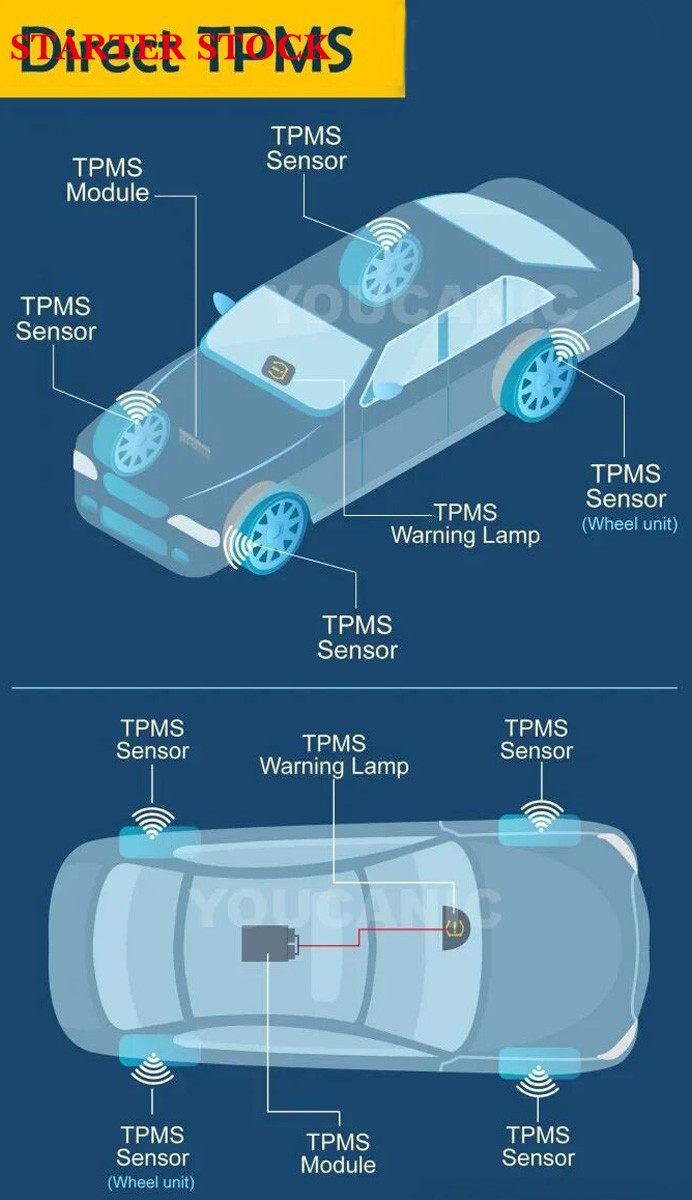
Direct Tire Pressure Monitoring System
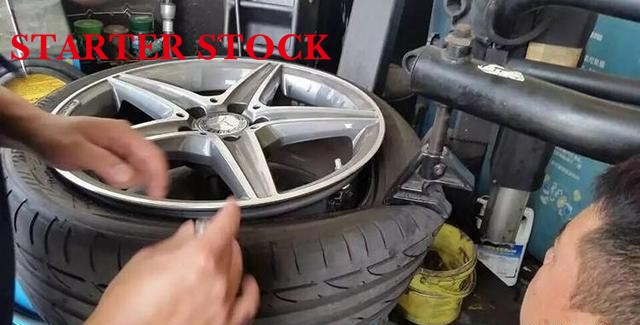
Inside the tire, the setup is as follows
As shown in the schematic diagram, the tire-mounted sensor and transmitter are critical components of the TPMS.
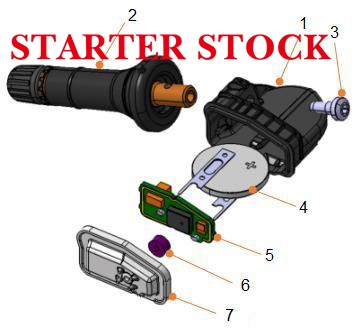
TPMS Sensor Exploded View
Image breakdown:
1 = Housing, 2 = Valve stem assembly, 3 = Retaining screw, 4 = Battery (typically CR2032 coin cell), 5 = Printed circuit board and antenna, 6 = Pressure measurement port seal, 7 = Cover plate.
These components collectively form the complete TPMS sensor and transmitter assembly.
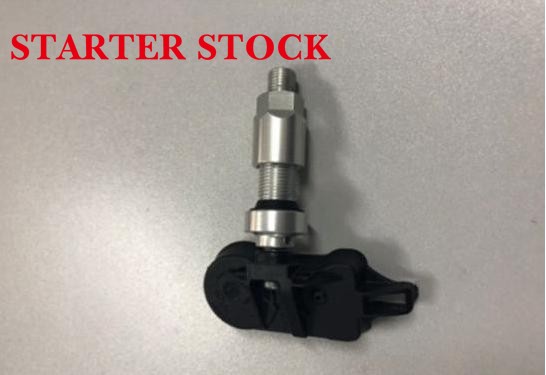
TPMS Sensor Front View
Doesn't this thing seem surprisingly bulky? Don't worry—it's inside the tire where you can't see it. Also note: After installing an aftermarket TPMS, you must rebalance the tires. Otherwise, severe tire vibration will occur, compromising driving stability!
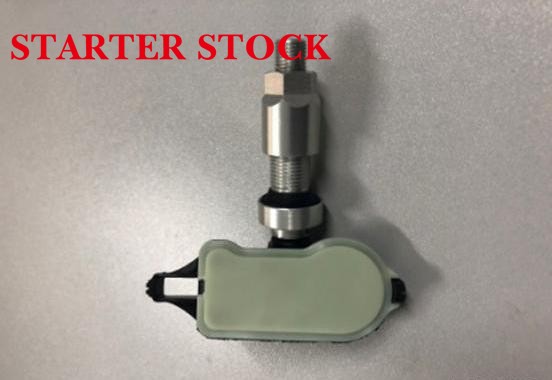
TPMS Sensor Rear View
【TPMS Operating Modes】
The TPMS operates in three states: Sleep, Idle, and Run.
Sleep Mode—Used during storage/transportation. No periodic RF transmission when sensors are stationary.
Idle Mode—Typically during parking. Sends one data packet per hour.
Run Mode—Typically during driving. Sends one data packet per minute.
Within Run Mode, six sub-modes exist: Off Mode, Static Operation Mode, Dynamic Operation Mode, Red Light Mode, Rapid Pressure Change Mode (Parking), and Rapid Pressure Change Mode (Driving). Data monitored in these six modes is transmitted to the TPMS Control Unit for analysis. Any anomalies trigger corresponding alerts, enabling tire pressure monitoring and alarm functions.
【Function and Application】
All tire pressure monitoring sensors feature a wireless signal transmission module and require IP address matching. Therefore, prior to vehicle assembly completion and factory shipment, all sensors undergo tire pressure ID learning—each sensor possesses a unique ID that must be paired with the BCM through leak detection learning.
The TPMS generates alerts under three conditions:
1. Low/High Pressure Alarms:
Low pressure alarm at 1.8 Bar, high pressure alarm at 3.0 Bar (based on standard tire pressure of 2.4 Bar ±25%).
When triggered, pull over to inspect tires—it's time to add air!
2. Rapid Air Loss Alarm: Triggers when air loss exceeds 0.3 bar per minute. Immediately pull over to check for punctures. If none found, inflate the tire and continue driving.
3. Overheating Alarm: Activates when tire temperature exceeds 75°C (163°F). When this occurs, stop and rest the vehicle. Never attempt to forcefully cool the tire, as this may cause a blowout!
4. Low Battery Voltage Alarm: Triggered when battery charge falls below operating voltage. As noted earlier, this system requires a battery. Since batteries eventually deplete, promptly replace them when depleted! Note: Replacing tire pressure sensor batteries is highly specialized work requiring tire removal. Professional service is recommended.
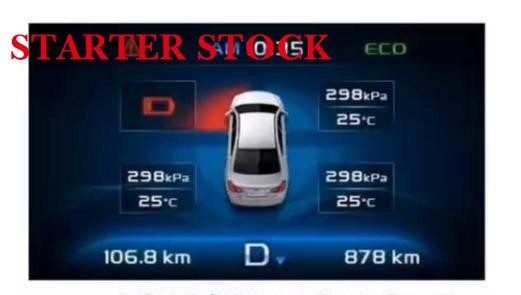
Left Front Tire Sensor Low Battery Alert
【Additionally】: some first-time users of tire pressure monitoring systems may ask: Why doesn't the TPMS display anything when the vehicle starts? Why does it take several minutes of driving before it shows up?
This is due to two factors:
① Power conservation. If RF communication remains active while the vehicle is parked, the tire pressure sensors would drain power rapidly. Despite low-power design, further conservation is necessary. Thus, the system enters a quasi-sleep state when stationary. Continuous signal transmission resumes only when the vehicle is actively moving.
② Once the tires start moving, pressure distribution evens out and temperature rises slightly, resulting in more accurate tire pressure readings compared to when the vehicle is stationary.
Alright, that concludes our explanation of the tire pressure monitoring system. If you find this helpful, feel free to subscribe.
-
Oil Pump JR-B18-1 16700-K20-903 For Z00MER

-
Oil Pump JR-B18 16700-KVG-41 For AIR BLADE
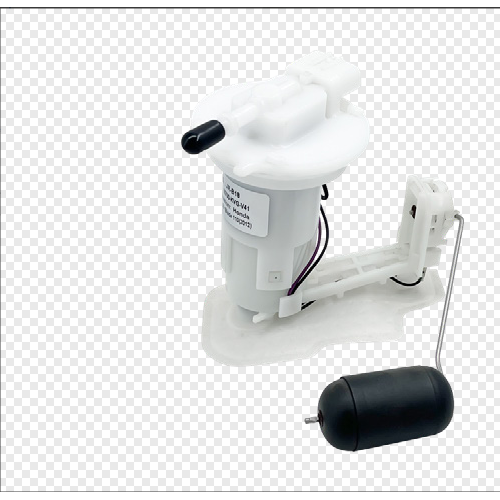
-
Oil Pump JR-B113 16700-HR3-A21 For Fou rTrax Rancher
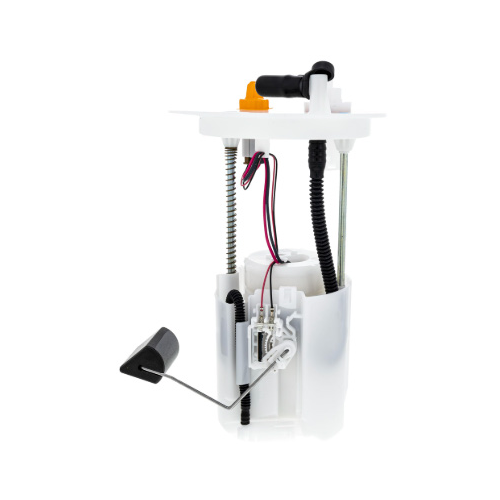
-
Oil Pump JR-B112-1 275500734 For GT1 130/155 2011-2012
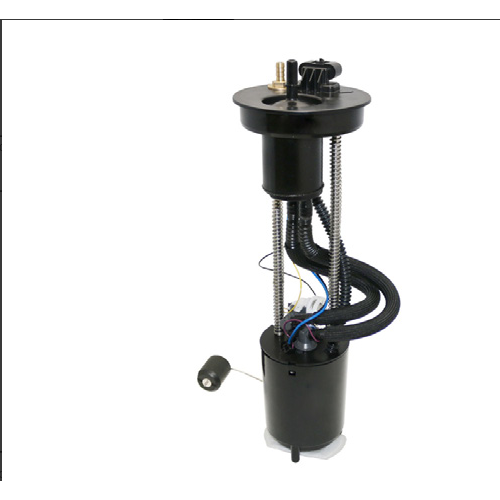
-
Oil Pump JR-B112 47-1027 For MAVERICKX
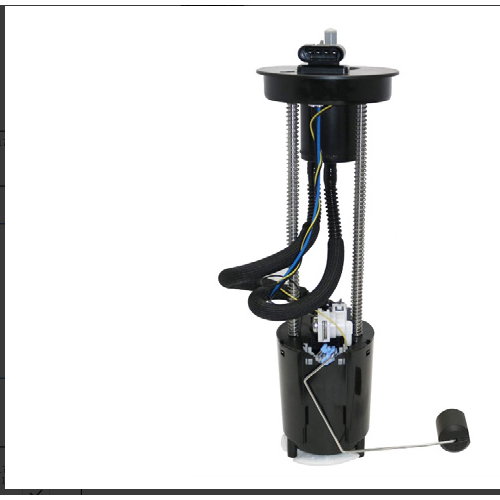
-
Oil Pump JR-B110 47-1050 For OUTLANDER
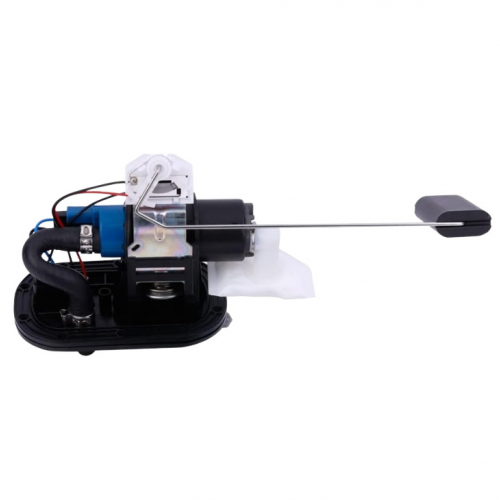
-
Oil Pump JR-B109 709000758 For OUTLANDER
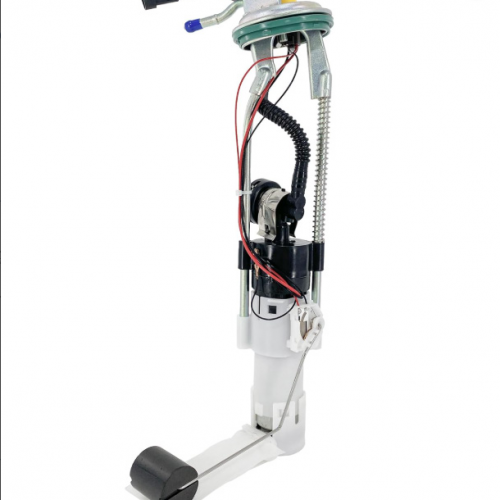
-
Oil Pump JR-B108-1 2204308 For SPORTSMAN
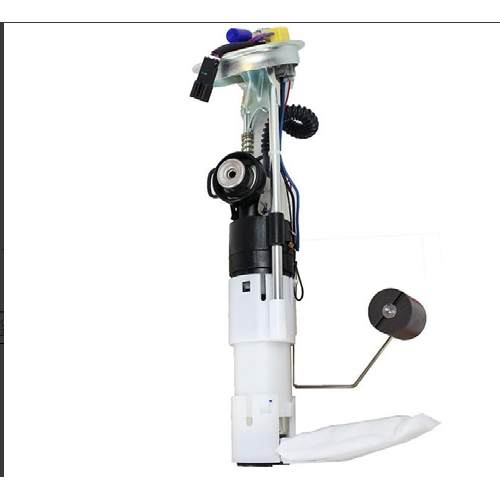
-
Oil Pump JR-B108 47-1014 For SPORTSMAN
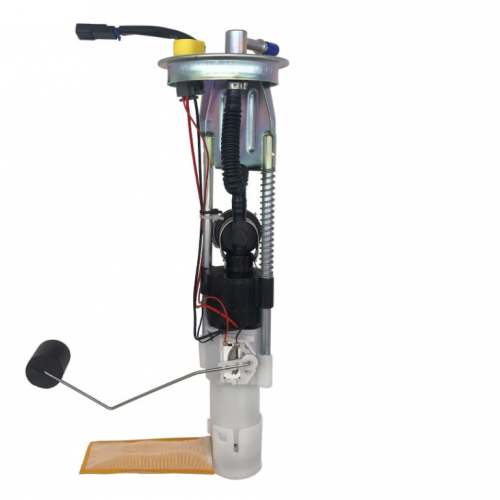
-
Oil Pump JR-B98-1 47-1012 For RANGER



